
Radar | Jul 25,2020
Dec 28 , 2019
By Yonas Biru (PhD)
Africa is facing two ominous challenges - a population explosion that threatens its very existence if left unattended and economic challenges that have remained the same for over 50 years. The way out is an African Marshall plan, argues Yonas Biru (PhD) (biruyonas@yahoo.com), the former deputy global manager of the International Comparison Programme at the World Bank.
There are two ominous things about Sub-Saharan Africa (SSA). First, its population is exploding, and its economic growth is not keeping pace. Second, its economic challenges remain the same over a span of 50 years and across 48 countries. Not a single SSA country has broken free of the vicious circles of underdevelopment and poverty.
Africa is in dire need of a Marshall Plan, and the world will be better for it. The ongoing reform in Ethiopia, though a step in the right direction, will fizzle out before triggering a transformative change if left unbolstered to build a critical mass of reforms. There is a case for broadening Ethiopia’s reform as a pilot for a Marshal Plan for Africa.
Let us look at the population issue first. The World Bank projects that the world’s population will be nearly 10 billion by 2050. Come 2050, the population headcount for SSA will reach 2.2 billion, double what it is today.
In 1960, SSA accounted for seven percent of the world population. By 2050, the figure will be 23pc. Even more worrying is a recent UN report that projected “half of the world’s babies will be born in Africa by 2100.” In contrast, the rate of growth of population in the other regions is decreasing significantly.
One can imagine the pressure a population explosion will exert on SSA’s infrastructure, including schools, hospitals, transportation, energy, water, waste and communication assets. Meeting basic necessities will be an insurmountable challenge, not to say anything about improving their quality.
As it is, global health experts believe the world is not fully prepared for the next global pandemic that the World Health Organization refers to as “Disease X.” The risk increases rapidly with the astronomical population explosion in Africa. If left unchecked, the world is best advised to brace itself for what may be called Disease XXX by 2050.
Then there is resource depletion, leading to food insecurity, deforestation and global warming. Add to it political instability fueled by population growth, poverty, hopelessness and migration, and you will see a social nuclear cocktail brewing with a direct bearing on the continent’s survival and the world’s ability to contain the problem within Africa.
Let us take a bird’s-eye view of Africa’s economic past in a global context. The World Bank data shows, in 1960, East Asia (excluding high-income countries) accounted for about 2.3pc of the world economy. Africa was about the same with 2.2pc. South Asia lagged behind with 1.7pc.
In 2018, East Asia accounted for 15.8pc of the global economy, registering a seven-fold increase. South Asia accounted for four percent, with a 2.4-fold jump. By contrast, Africa’s share was largely the same.
If Europe and North America are rattled by African refugees invading their shores today, it is not hard to imagine the magnitude of the problem in 2050 or, even worse, at the turn of the century, when half the world’s babies will be born in continental Africa.
Developed nations have a deeply vested interest in financing a Marshall Plan for Africa. Their motives are not only to bailout Africa but also to save themselves from it. The alternative is a metastasising cancer of poverty, political instability and breakdown of the global security order.
Africa needs a Marshall Plan to arrest the population explosion. Aggressive population control should cut Africa’s population growth rate by more than half in 20 years. If East Asia was able to cut the rate by nearly half in two decades, Africa must and can achieve a higher target, because its future survival and its population’s dignity and prosperity depend on it.
Africa’s economic challenges and the requisite Master Plan can be better understood when Africa’s economic performance is divided into two distinct periods - 1960 to 1990 and 1990 to 2018. The choice of 1960 as a benchmark year is dictated by data availability or the lack thereof.
The year 1990 is a good breaking point, because it is a marker on the World Bank’s calendar where it acknowledged its infamous signature policy - the Structural Adjustment Programme (SAP) - brought pain for the poor without doing any good for the continent. The SAP was christened and humanized in the name of the gods of equitable growth.
In many ways, 1990 signified a pivot in the World Bank’s strategic goal. I chose the word pivot, because it was a shift in the institution’s goal without a change in vision or bedrock principles. And the numbers do not lie. Between 1960 and 1990, the average GDP growth for SSA was 3.3pc. Between 1990 and 2018, it was 3.6pc. The difference is within statistical errors.
Fliping through the pages of World Bank reports will show a recurring theme exemplified by such narratives as: “While mainline [telephone] penetration in Sri Lanka increased more than five-fold, Malawi saw a more modest 40pc increase” and “Kenya’s trade liberalization failed to produce sustained growth, promote decent employment opportunities, or lessen the incidence of poverty and inequality.”
The common answers to the question “Why are African nations failing?” include: rampant corruption, lack of regulatory and institutional framework, the absence of well-functioning banking systems and capital markets, lack of capacity and a hybrid of reasons in between. The explanations are true. What is also true is none of the problems are insurmountable.
It is widely acknowledged that piecemeal, sequential and gradual reforms that have been tried in variations in SSA have failed across the board. Part of the problem is that SSA’s development strategy has been constrained by resource limitations.
Over the years, Africa’s problems have snowballed and become a global risk of highest concern. There is a growing realisation that if left unattended the cost of addressing them in the future will be exorbitant. Africa must tackle its economic woes in all its dimensions. What is needed is designing a bold and broad reform agenda to build a critical mass of complementary reforms and forming global partnerships with a shared vision to align all available resources and leveraging global capital and human resources.
First thing’s first. According to Transparency International, excluding countries in civil war, eight of the 10 most corrupt countries are from Africa. According to a 2013 UN report, between 1980 and 2009, 1.2 to 1.4 trillion dollars was illicitly siphoned out of Africa. This is more than the money the continent received from the outside world over the same period.
It is hard to imagine the West, which has been able to forge a global strategy to deny terrorist groups the ability to mobilise and move a much smaller volume of illicit funds, is unable to rein in Africa’s illicit fund transfers to the tune of over a trillion dollars. The economic Marshall Plan must start with ending the massive illegal fund transfers out of Africa and repatriating the stolen funds to offset part of the cost of the Marshall Plan.
Two other areas of focus should be building Africa’s knowledge base and mobilising adequate international support through increased financial aid and preferential trade and tax policies.
The remarkable growth that many Asian countries registered over the last several decades is attributed partly to their success in adapting development policies to their own requirements and needs. Local think tanks and research universities generate the vast majority of their nation's knowledge base that is vital to their development efforts.
One of the most intractable problems constraining Africa’s development is the absence of established research universities and adequately financed think tanks that are able to help policymakers articulate their nation's development visions and strategic policies. Compounding this problem is that Africa’s leading researchers are outside of Africa attracted by more rewarding career opportunities in Europe and the United States.
There is an urgent need to establish an independent Africa-centered alternative research space. In the short to medium term, a viable strategy is to galvanise Africa’s knowledge-creating system by establishing a virtual platform that networks and engages distinguished African scholars both in the diaspora and in the homeland. Other viable options can be reviewed and considered.
The economic Marshall Plan cannot be successful unless developed nations are a part of the solution as stakeholders. Some of the viable solutions include increasing international development aid programmes, allowing multilateral corporations tax exemptions to profits they generate from investments in Africa, providing generous preferential trade agreements to products imported from Africa, and offering loan guarantees so African countries can borrow from international capital markets at lower rates.
As stakeholders and financiers of the Marshall Plan, external partners must demand and ensure full accountability and transparency through an independent audit with unfettered access to all the financial resources (national and international) invested in the Marshall Plan.
Another source of international funds is the African diaspora. Countries such as Nigeria, Ethiopia and Kenya have a large and financially established diaspora in the US with substantial purchasing power. With the right incentives, the diaspora community can be motivated to invest in its country of origin through diaspora mutual funds, diaspora bonds and diaspora venture capital. The obstacle is that countries such as the US have stringent rules and regulations restricting international investment.
Though there are exemptions, an overwhelming majority of the African diaspora cannot meet the criteria. This is an area where African governments need to lobby the US government to provide an exemption to the African diaspora to facilitate diaspora investments in Africa for a period of 10 to 15 years. There are precedents for such exemptions such as the African Growth and Opportunity Act. The Act offers more than three-dozen participants preferential access to US markets by eliminating import tariffs.
The need for a Marshall Plan is self-evident, immediate and pressing. The time to create powerful new alliances and develop an effective collaborative modality is now. It is incumbent upon all stakeholders to step up to the plate and act. The effect will be far-reaching and beneficial to all stakeholders.
PUBLISHED ON
Dec 28,2019 [ VOL
20 , NO
1026]
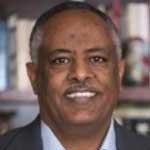

Radar | Jul 25,2020

My Opinion | Jan 07,2024

Featured | Nov 21,2018

Viewpoints | Aug 17,2019

Viewpoints | Jul 27,2019

Exclusive Interviews | Jan 22,2022

Covid-19 | Apr 08,2020

Commentaries | Sep 30,2023

Advertorials | Jul 03,2019

Advertorials | Oct 10,2019

Photo Gallery | 96773 Views | May 06,2019

Photo Gallery | 88955 Views | Apr 26,2019

My Opinion | 67177 Views | Aug 14,2021

Commentaries | 65764 Views | Oct 02,2021
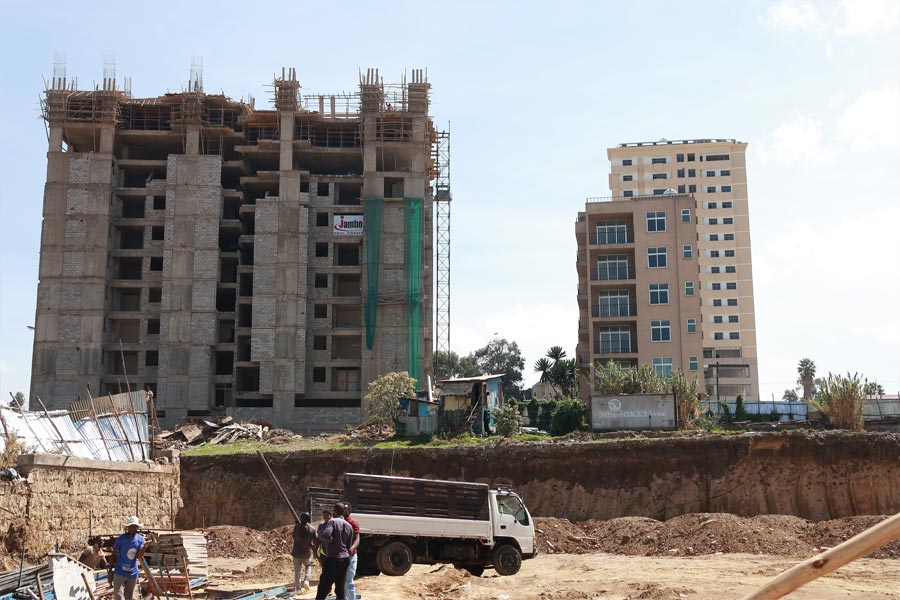
Feb 24 , 2024 . By MUNIR SHEMSU
Abel Yeshitila, a real estate developer with a 12-year track record, finds himself unable to sell homes in his latest venture. Despite slash...

Feb 10 , 2024 . By MUNIR SHEMSU
In his last week's address to Parliament, Prime Minister Abiy Ahmed (PhD) painted a picture of an economy...

Jan 7 , 2024
In the realm of international finance and diplomacy, few cities hold the distinction that Addis Abeba doe...

Sep 30 , 2023 . By AKSAH ITALO
On a chilly morning outside Ke'Geberew Market, Yeshi Chane, a 35-year-old mother cradling her seven-month-old baby, stands amidst the throng...
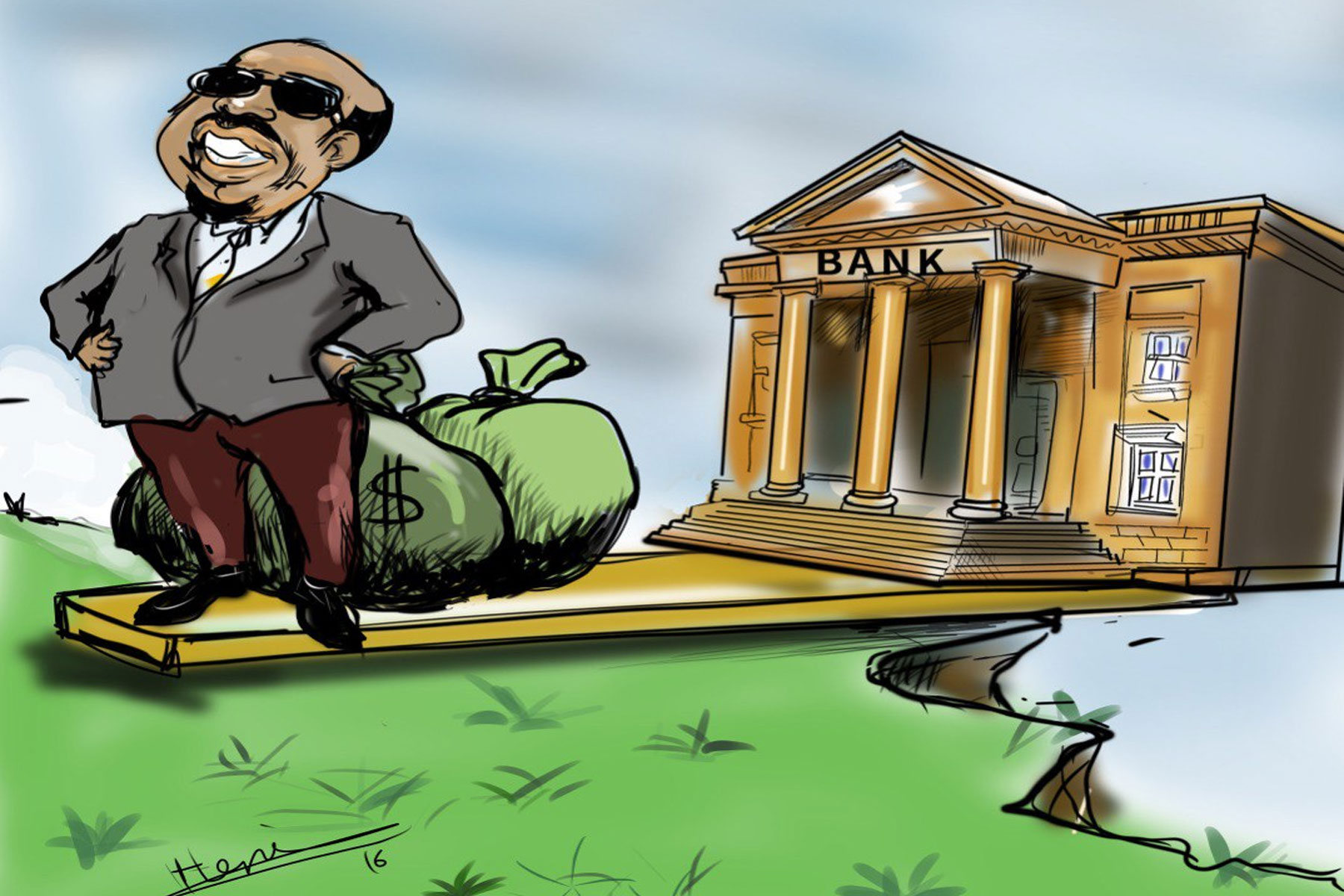
Apr 20 , 2024
In a departure from its traditionally opaque practices, the National Bank of Ethiopia...

Apr 13 , 2024
In the hushed corridors of the legislative house on Lorenzo Te'azaz Road (Arat Kilo)...

Apr 6 , 2024
In a rather unsettling turn of events, the state-owned Commercial Bank of Ethiopia (C...
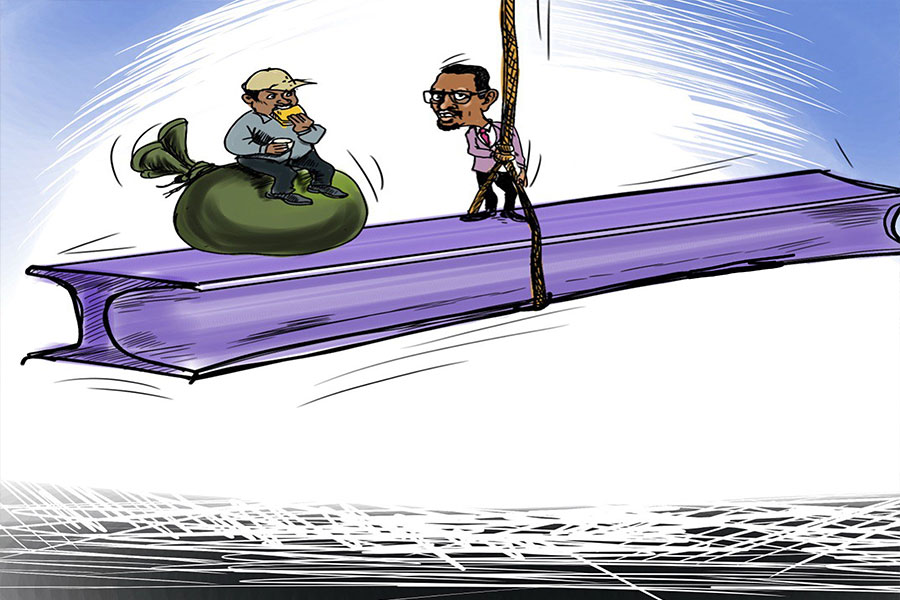
Mar 30 , 2024
Ethiopian authorities find themselves at a crossroads in the shadow of a global econo...
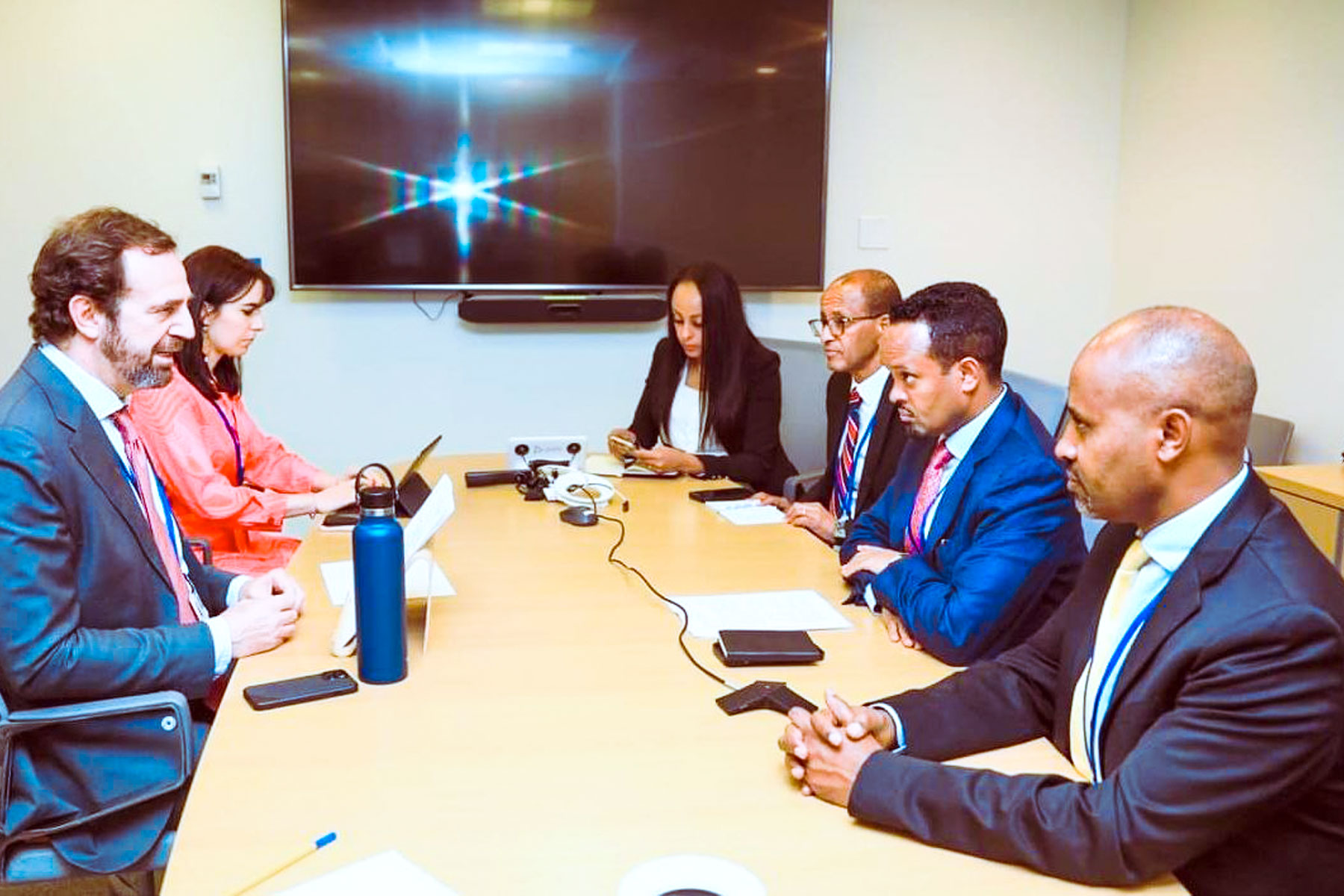
Apr 20 , 2024
Ethiopia's economic reform negotiations with the International Monetary Fund (IMF) are in their fourth round, taking place in Washington, D...
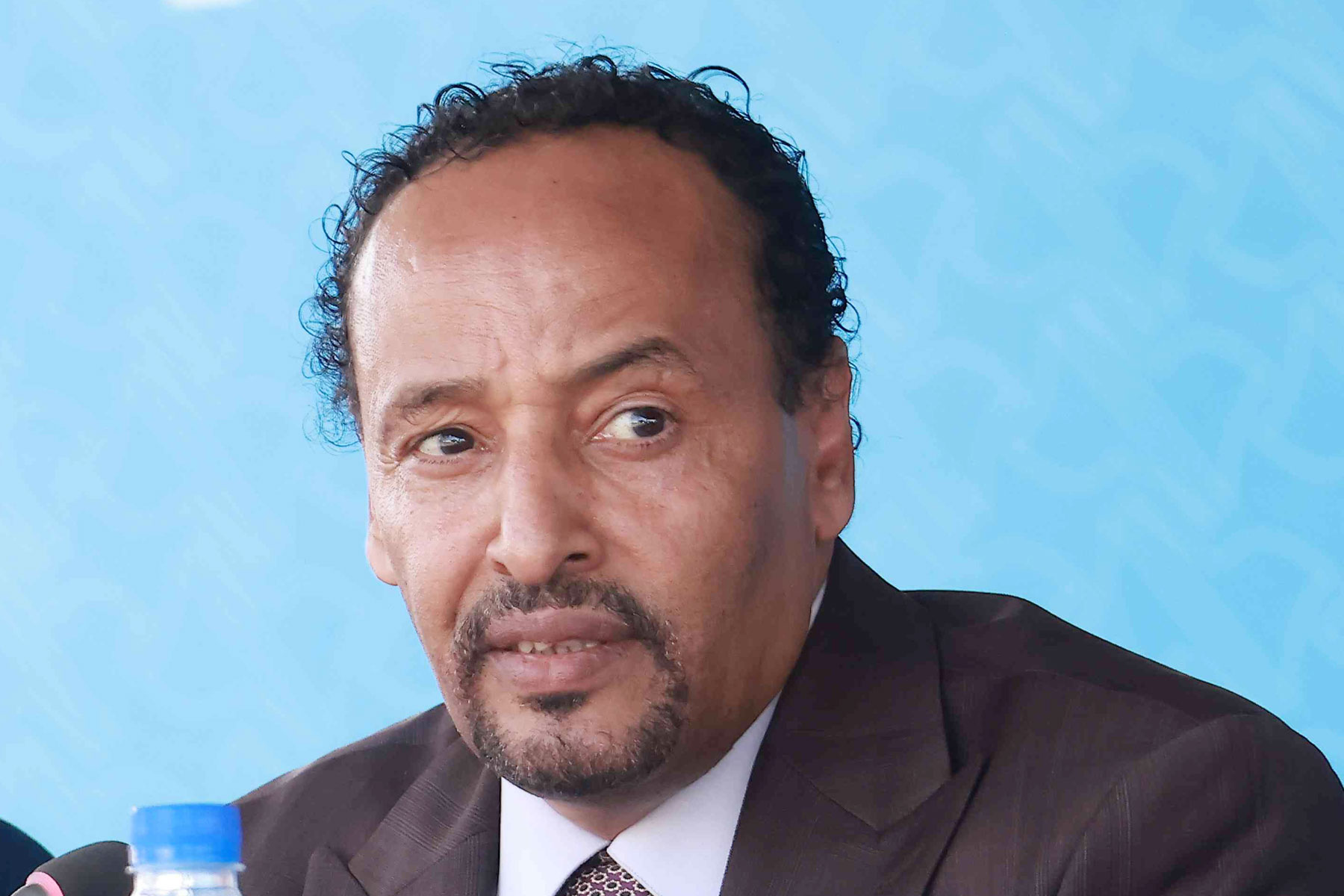
Apr 20 , 2024 . By BERSABEH GEBRE
An undercurrent of controversy surrounds the appointment of founding members of Amhara Bank after regulat...
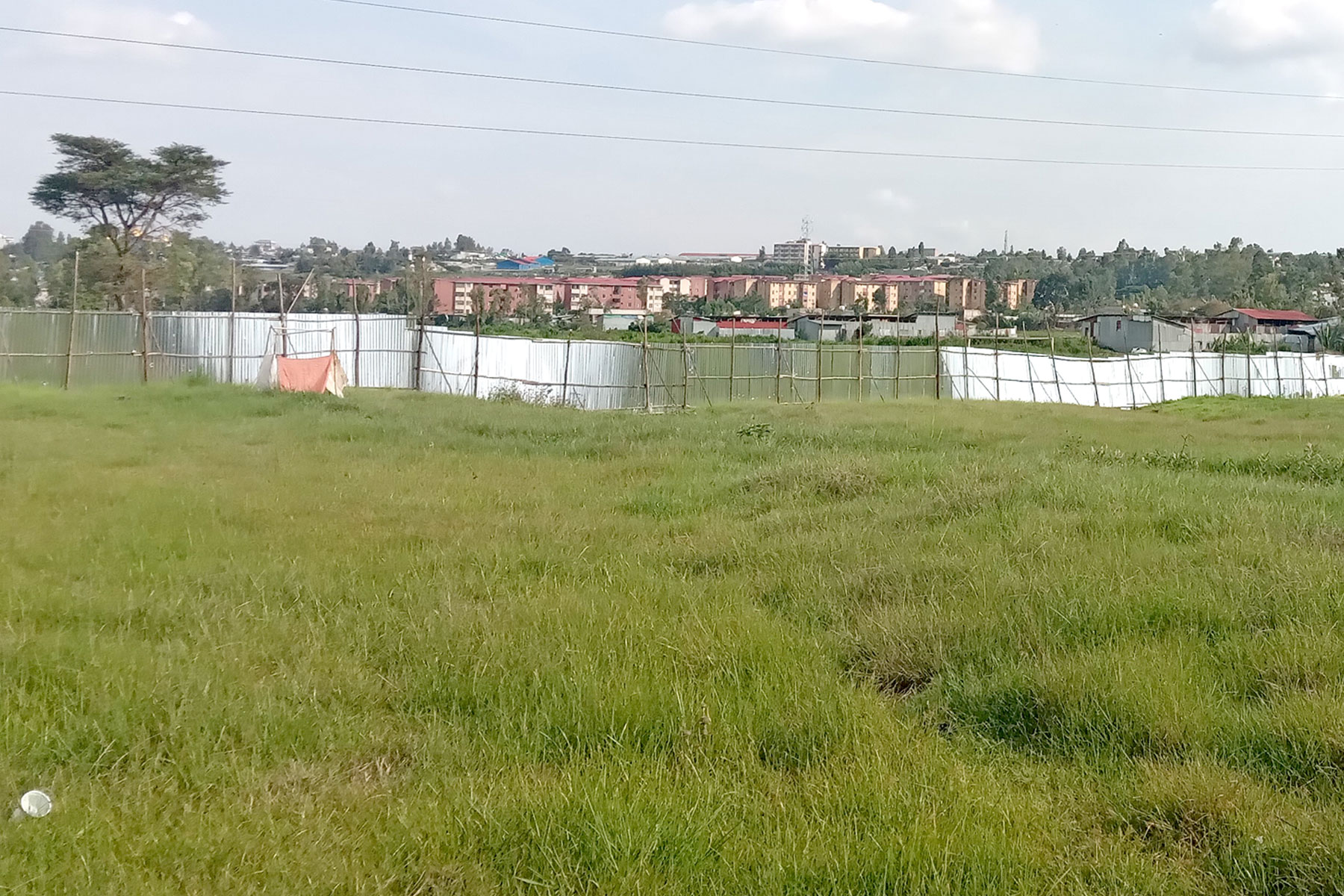
An ambitious cooperative housing initiative designed to provide thousands with affordable homes is mired...

Apr 20 , 2024 . By AKSAH ITALO
Ethiopia's juice manufacturers confront formidable economic challenges following the reclassification of...